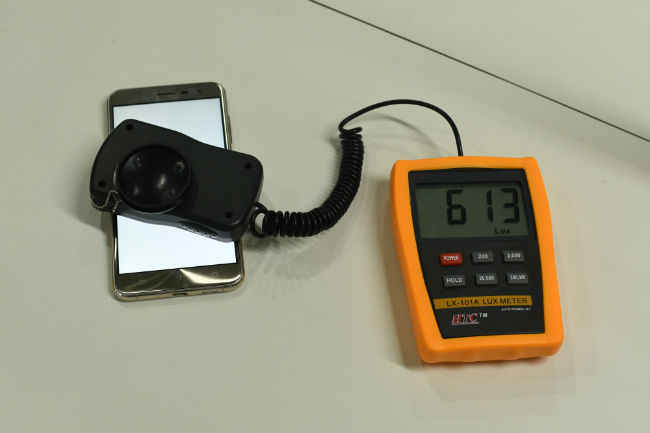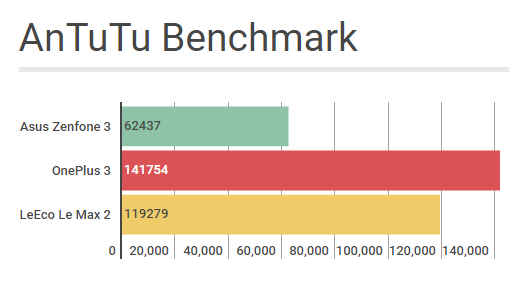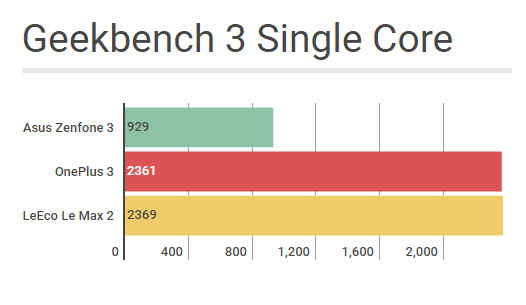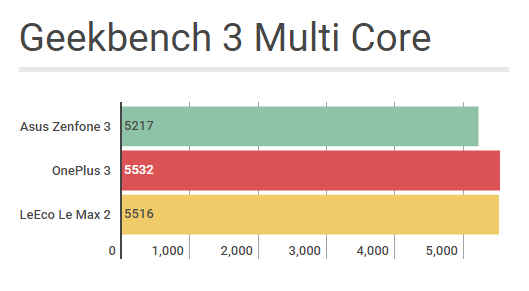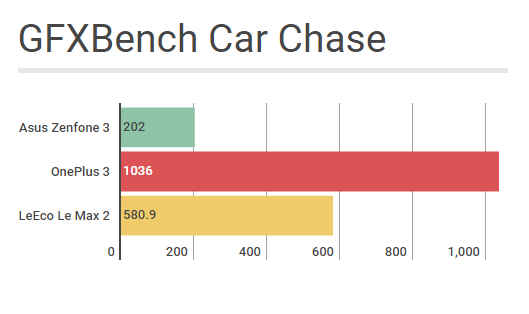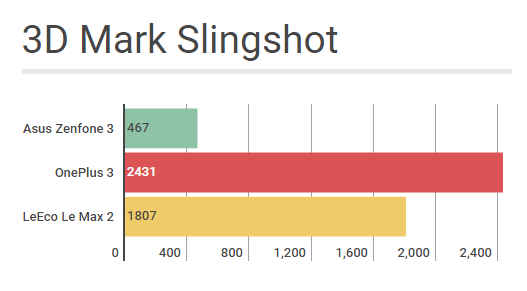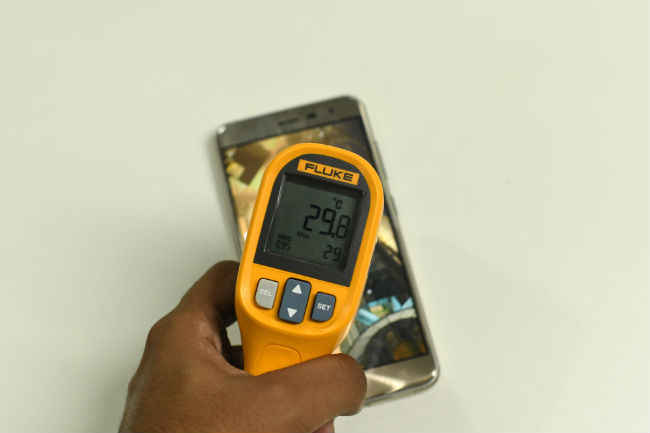Asus Zenfone 3: Initial impressions and tests
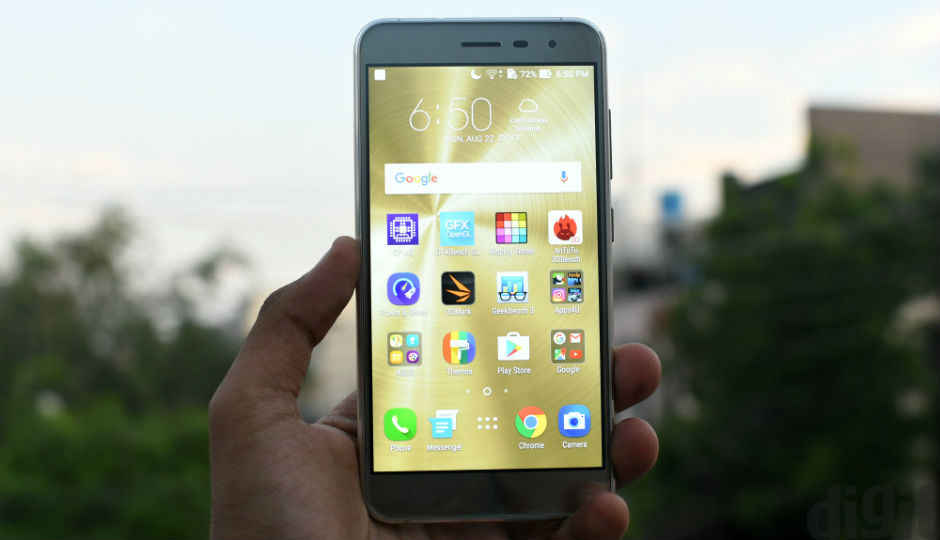
The Asus Zenfone 3 runs on the Snapdragon 625 SoC and has 4GB of RAM, plus a 16MP rear camera. It costs Rs. 27,999.
Asus is taking a big risk this year. With the success of its Zenfone 2 models, the company is betting its brand value is strong enough to shed the ‘cheap’ phone image. The result? The Asus Zenfone 3 is visibly lower spec’d and costs almost as much as the OnePlus 3. The Asus Zenfone 3 has a Snapdragon 625 SoC, 4GB of RAM and 16MP camera, and it costs Rs. 27,999, exactly 2k lower than the OnePlus 3.
On face value, the Zenfone 3 doesn’t seem to bring a very good value proposition, but specifications don’t always tell the whole story. The Zenfone 3 came into the Digit Test Labs just a few hours ago, and we conducted some initial tests. We would warn the reader that these tests only provide an initial impression of the Zenfone 3, and thorough testing for the review is yet to be completed.
Display
The Zenfone 3 has a 5.5 inch FHD display. That gives it a pixel density of 401 ppi, which is good enough for any smartphone. That said, the Zenfone 3’s display seems slightly biased towards the cooler side of the colour spectrum, and the blacks aren’t as deep as we’ve seen on some other smartphones. This, of course is on the Balanced mode, and the display can be tweaked to warmer or even cooler values.
Note: Lux Meter image hasn't been taken under ideal conditions.
The maximum brightness goes up to 617 Lux, which is considerably lower than a OnePlus 3’s 800 Lux. On a black screen, the brightness goes as low as 7 Lux, which again is higher than expected.
Camera
The Asus Zenfone 3's 16MP camera has both laser assisted and phase detection auto-focus
The Zenfone 3’s 16MP camera has an f/2.0 aperture and both laser and phase detection auto-focus systems. The camera’s software judges which AF system to use, automatically, and 4-axis OIS has been added for stabilisation.
Initial images taken under indoor and outdoor conditions suggest that the Zenfone 3’s camera is quite formidable. It takes well balanced photos, both, under sunlight and indoor conditions. The colours look natural, and the phone is better with depth perception many other smartphone cameras. That said, there is some noise in the images, and some details are lost due to softness in images. Here’s a compilation of some images taken by the Zenfone 3.
Performance
While these are initial impressions only, the performance seems to be a major downfall for the Zenfone 3 in the competitive smartphone market. The benchmark results, against the OnePlus 3 are presented below. According to these, the Snapdragon 625 is fast, but the 14nm process combined with Cortex A53 cores doesn’t beat the Snapdragon 652, which has four Cortex A53 cores and four Cortex A53 cores, but is built on the 28nm process.
Everyone's favourite benchmark scores the Zenfone 3 much lower than the OnePlus 3 and LeEco Le Max 2
The all important single performance on the Zenfone 3 is too low for its price
These two benchmarks (above and below) show that the Snapdragon 625 is especially weak on graphics performance, compared to the Snapdragon 820
The 14nm process, however, seems to have made the Snapdragon 625 sufficiently power efficient. In an air-conditioned room, we couldn’t get the phone’s temperature to rise above 30 degrees, while the internal temperature reached barely above 30 degrees as well. The heat graph for internal temperature and heat gun readings are presented below.
Red Line = Heat, Blue = CPU Clock
The Asus Zenfone 3 barely crossed the 30 degree mark on initial testing. We are yet to put it under our regular test loads, though
Initial Thoughts
The Zenfone 3’s performance seems a deal breaker on initial impressions. With phones like the LeEco Le Max 2 and OnePlus 3 available in the same price bracket, the Zenfone 3 doesn’t seem to be the ideal buy. Having said that, its camera may still put the phone ahead of competitors like the Vivo V3 Max and Xiaomi Mi 5, and we shall determine the same in the in-depth review, soon.

